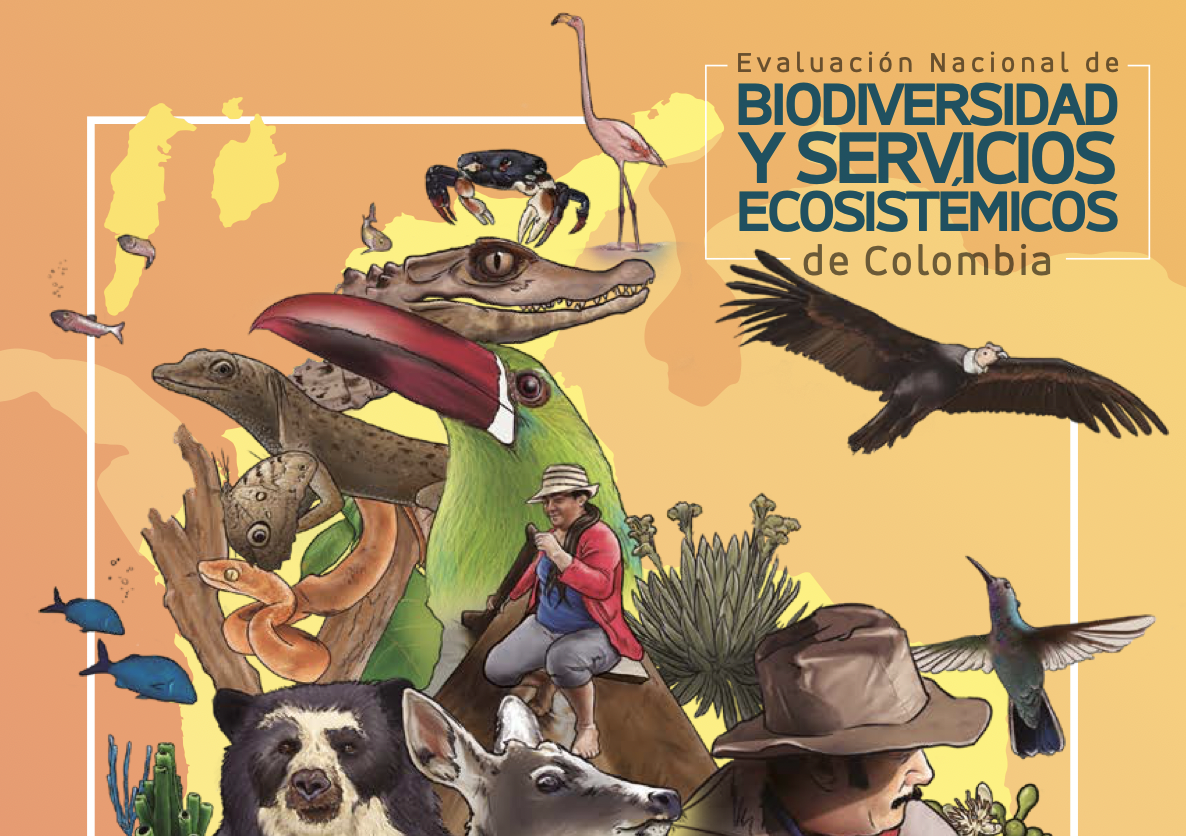Key messages
A. Sustainable use of wild species is critical for people and nature
A.1 Billions of people in all regions of the world rely on and benefit from the use of wild species for food, medicine, energy, income and many other purposes.
A.2 Sustainable use of wild species is central to the identity and existence of many indigenous peoples and local communities.
A.3 Ensuring sustainability of the use of wild species, including inter alia by promoting the sustainable use and halting overexploitation, is critical to reverse the global trend in biodiversity decline.
B. Status and trends in the use of wild species
B.1 Status and trends in the uses of wild species vary depending on types and scales of use, and social-ecological contexts.
B.2 The sustainability of the use of wild species is influenced negatively or positively by multiple drivers.
B.3. Key elements of sustainable use of wild species have been identified in relevant international and regional standards, agreements and certification schemes but indicators are incomplete, most notably for social components.
C. Key elements and conditions for the sustainable use of wild species
C.1 Policy instruments and tools are most successful when tailored to the social and ecological contexts of the use of wild species and support fairness, rights and equity.
C.2 Policy instruments and tools are more effective when they are supported by robust and adaptive institutions and are aligned across sectors and scales. Inclusive, participatory mechanisms enhance the adaptive capacity of policy instruments.
C.3 Effective monitoring of social, including economic, and ecological outcomes supports better decision-making. Scientific evidence is often limited, and indigenous and local knowledge is underutilized and undervalued.
D. Pathways and levers to promote sustainable use and enhance the sustainability of the use of wild species in a dynamic future
D.1 The sustainability of the use of wild species in the future is likely to be challenged by climate change, increasing demand and technological advances. Addressing and meeting these challenges will require transformative changes.
D.2 To address current and projected future pressures, concerted interventions will be needed to implement and scale-up policy actions that have been shown to support the sustainable use of wild species.
D.3 The world is dynamic and to remain sustainable, use of wild species requires constant negotiation and adaptive management. It also requires a common vision of sustainable use and transformative change in the human-nature relationship.

































































































































































































































































































































































































































































































































































































































































































































































































































































































































































































































